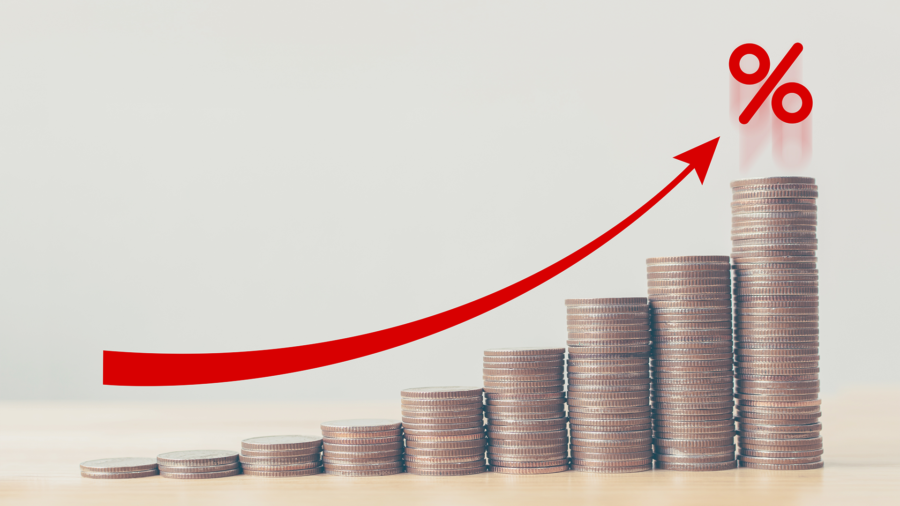Argentina is suffering its worst bout of inflation in more than three decades as citizens look to the nascent government of President Javier Milei to fix the problems created by decades of economic crisis.
INDEC, the national statistics bureau, reported inflation averaged 211.4% in 2023, the steepest rise since the hyperinflation of 1989-91, when prices rose 2,600% to 3,000% annually.
The rate eclipses that in Venezuela, where inflation cooled to 170% or 193%, depending on the reporting agency, and compares to a regional average of 3.8%, according to the U.N. Economic Commission for Latin America and the Caribbean.
In 2022, Argentina’s inflation stood at 95%, compared to 8.2% regionally.
“We’ve had to eliminate things that made life a little brighter,” retiree Susana Barrio, 79, recently told Reuters. She said she could no longer afford to invite friends for asado barbecues.
“Nothing is cheap,” Graciela Bravo, 65, added. She said she now is careful about how many potatoes she buys. “Before you would purchase by the kilo, now I get three potatoes or four potatoes so they don’t spoil.”
Worsening situation
Bloomberg reported on January 11 that prices rose 8.4% in the first two weeks of the new year, with inflation expected to be in the triple digits through June, climbing as high as 500%.
The price surges were led by food and non-alcoholic beverages, which were up 251.3%, particularly impacting poor. The threat of civil unrest looms, S&P Global noted.
Milei already has devalued the peso by more than half and introduced a number of reform proposals, seeking to cut spending by at least 5% of gross domestic product and to deregulate the economy – a move that guarantees more inflation shocks ahead as subsidies are lifted from utilities and transport.
S&P Global said the post-pandemic recovery is over in Latin America, and markets for commodities have softened. It predicted Argentina will remain in recession while rapid growth is expected in Guyana.
“We expect both headline and core inflation to continue falling in 2024, although more slowly than in 2023. Further declines in inflation will support a less restrictive monetary stance in 2024, particularly in Brazil, Chile and Peru,” S&P said.
The U.N. predicted overall the region will grow 1.9% in 2024, three ticks slower than 2023’s pace.
Uruguay a beacon of hope
Argentina’s economy has been suffering since 2018 when its foreign debt obligations rose to unsustainable levels and scheduled debt repayment likely will need to be renegotiated.
The situation last year was compounded by the worst drought in six decades, curtailing agricultural exports and forcing the import of as much as 10 million metric tons of soybeans.
In Uruguay, by contrast, inflation is the lowest it’s been in two decades, at 5.11%.
“Uruguay has done its homework,” Diego Labat, Uruguay’s central bank head, told Reuters last fall, a road that began in 2002 with a financial crisis that impacted Argentina, as well, since Uruguay was then Argentina’s No. 1 trading partner.










